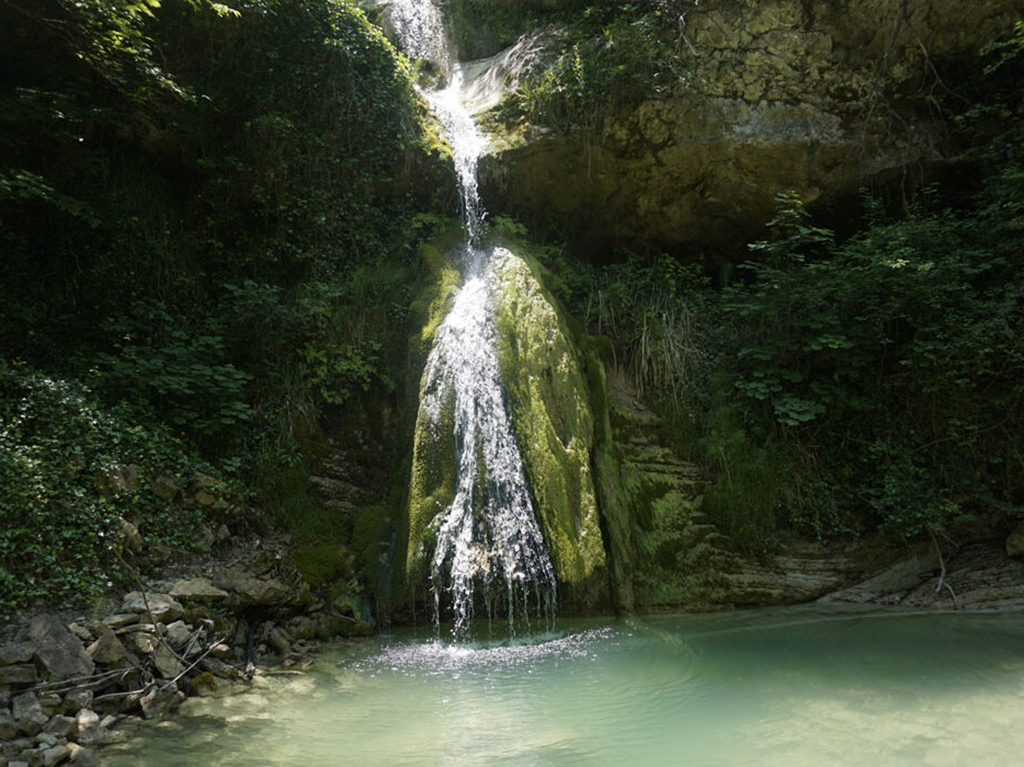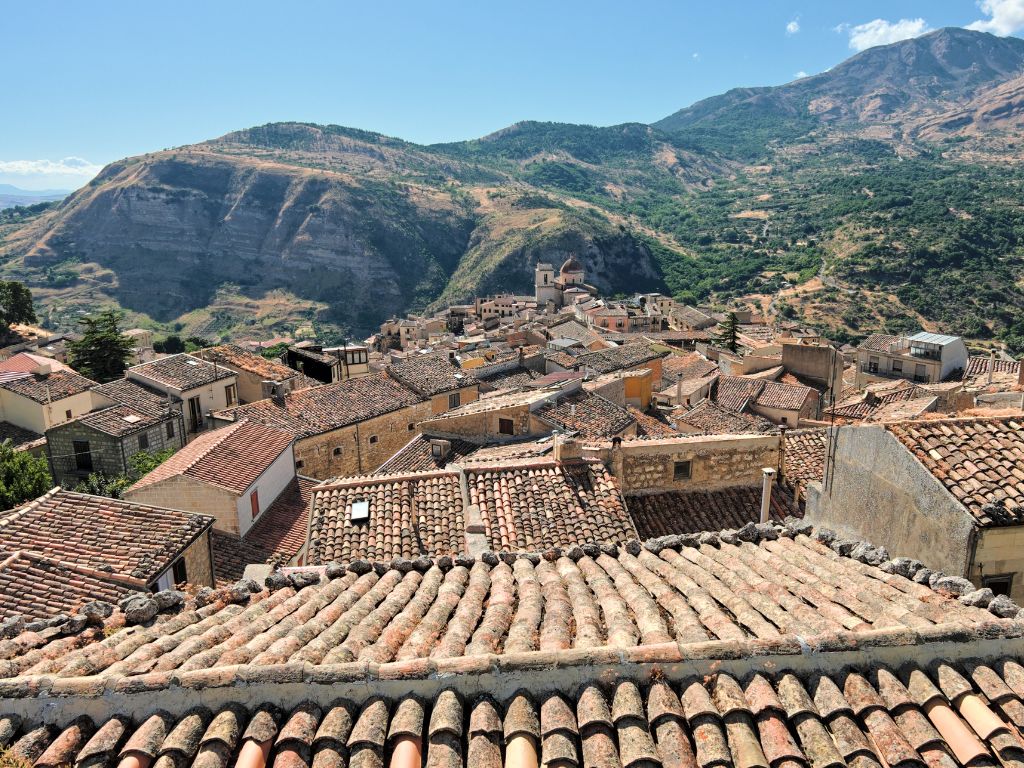The Jerónimos Monastery, located in Lisbon, is one of Portugal's greatest architectural and historical treasures. This magnificent Renaissance monastery has been declared a UNESCO World Heritage Site and is one of the country's main tourist attractions.
Exploring the Jerónimos Monastery in Lisbon: An Architectural and Historical Gem
History and Architecture
The Jerónimos Monastery was built in the 16th century to celebrate the era of the great Portuguese explorers and their discovery of new routes to India, Africa, and Brazil. It was commissioned by King Manuel I, the monarch who saw Portugal reach the height of its power. The monastery was constructed in the Belém district, which was of significant strategic importance for ships departing on explorations due to its coastal location.
Architecture
The architecture of the Jerónimos Monastery is a superb example of the typical Manueline style, which combines Gothic, Renaissance, and late Gothic elements. The monastery's main façade is imposing, with elaborate details and sculptures depicting maritime, vegetal, and religious motifs. The interior of the monastery is equally impressive, with its intricate arches, ribbed vaults, and richly decorated chapels. The Church of Santa Maria, attached to the monastery, is one of the most spectacular parts of the entire complex.
In addition to its architectural beauty, the Jerónimos Monastery holds significant cultural importance for Portugal. Many prominent Portuguese historical figures, including the renowned navigator Vasco da Gama, are laid to rest here. The monastery is also associated with the famous Belém Tower, another important monument in Lisbon. Together, these two sites symbolize the golden age of Portuguese exploration and the beginning of the era of great colonial empires.
Visiting the Monastery
A visit to the Jerónimos Monastery offers visitors the opportunity to delve into Portugal's history and to closely admire its artistic and architectural heritage. During the visit, tourists can explore the chapels, monumental halls, and cloisters of the monastery. You can appreciate intricate details such as stone carvings and stained glass windows. The Church of Santa Maria is particularly captivating, with its majestic columns and magnificent altar.
Practical Tips for Visitors:
- Plan your visit in advance, as the monastery can become crowded during peak tourist periods.
- Purchase tickets in advance to avoid long lines.
- Wear comfortable clothing and suitable shoes to explore the monastery complex.
- Prepare your camera to capture the beauty of the architectural details.
- Allocate enough time for the visit to fully appreciate all the wonders the monastery has to offer.
Nearby Attractions
- Belém Tower: One of Lisbon's major landmarks, located within a short distance from the Jerónimos Monastery, is the majestic Belém Tower. This fortified tower, built in the 16th century, served as a defense for the city and a departure point for ships embarking on exploratory voyages. Belém Tower is an extraordinary example of Manueline architecture, featuring intricate details and ornamental sculptures depicting maritime motifs and religious symbols. A visit to Belém Tower offers a panoramic view of the Tagus River and the opportunity to immerse oneself in the history of Portuguese discoveries.
- National Archaeology Museum: If you're passionate about history and archaeology, the National Archaeology Museum is a must-visit near the Jerónimos Monastery. Located within the monastery complex itself, the museum houses a vast collection of artifacts spanning Portugal's history from ancient Roman civilizations to the medieval era. You can admire unique artifacts such as ceramics, coins, sculptures, and jewelry, providing a fascinating perspective on the country's rich historical heritage.
- Padrão dos Descobrimentos: One of Lisbon's most recognizable icons, located near the monastery, is the Padrão dos Descobrimentos, or Monument to the Discoveries. This towering structure commemorates the great Portuguese explorers and their role in the history of geographical discoveries. The 52-meter statue represents a ship with figures of important historical figures, including the renowned navigator Henry the Navigator. Climbing the structure offers a panoramic view of the city and the Tagus River.
- Coleção Berardo Museum: For enthusiasts of modern and contemporary art, the Coleção Berardo Museum is a must-visit near the Jerónimos Monastery. Located in the Belém district, the museum houses an extensive collection of artworks ranging from 20th-century avant-gardes to contemporary artistic expressions.
Conclusion
The Jerónimos Monastery in Lisbon is an essential stop for anyone visiting the Portuguese capital. Its captivating architecture, meaningful history, and cultural significance make it a place of great interest for tourists. Strolling through its cloisters, admiring the artworks, and uncovering the monastery's hidden treasures is an unforgettable experience. The Jerónimos Monastery is a symbol of Portugal's greatness and its legacy of exploration and discovery.
In conclusion, a trip to Lisbon would not be complete without a visit to this extraordinary architectural masterpiece. The Jerónimos Monastery awaits you with its doors open to unveil the wonders of its glorious past.


























